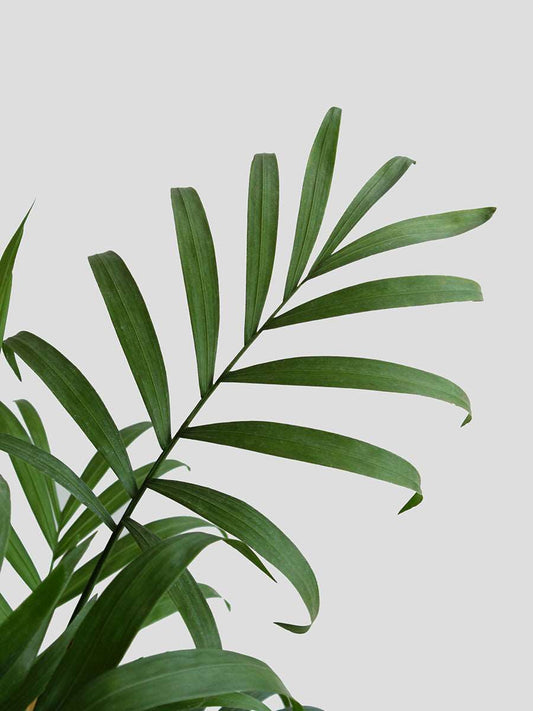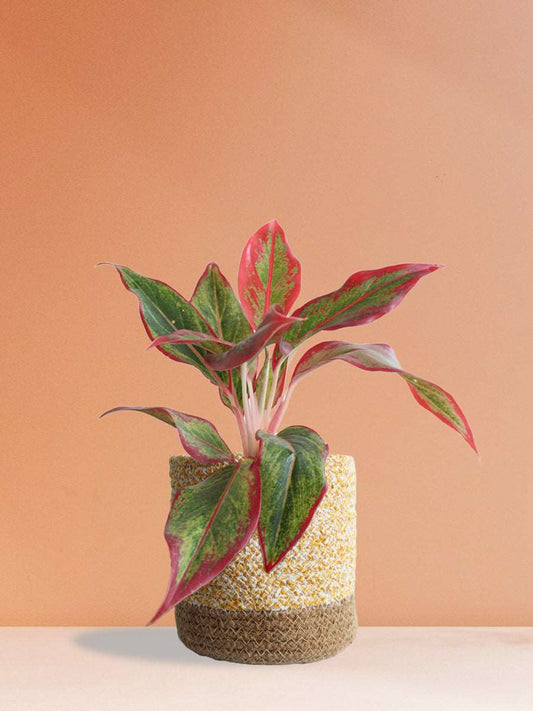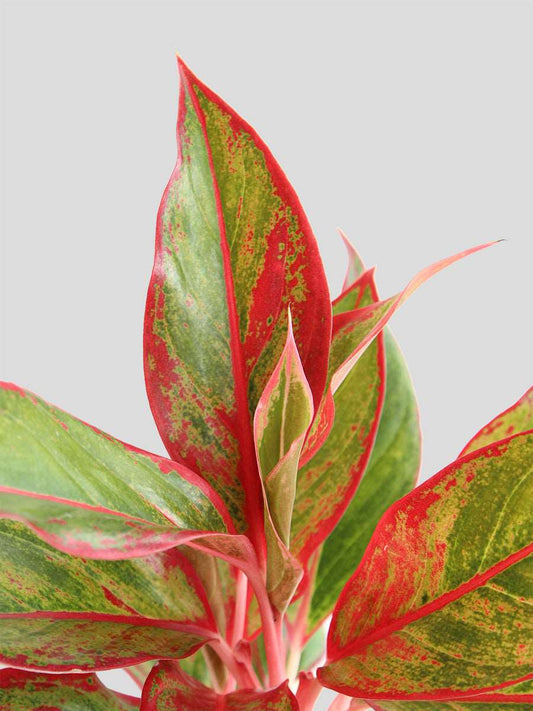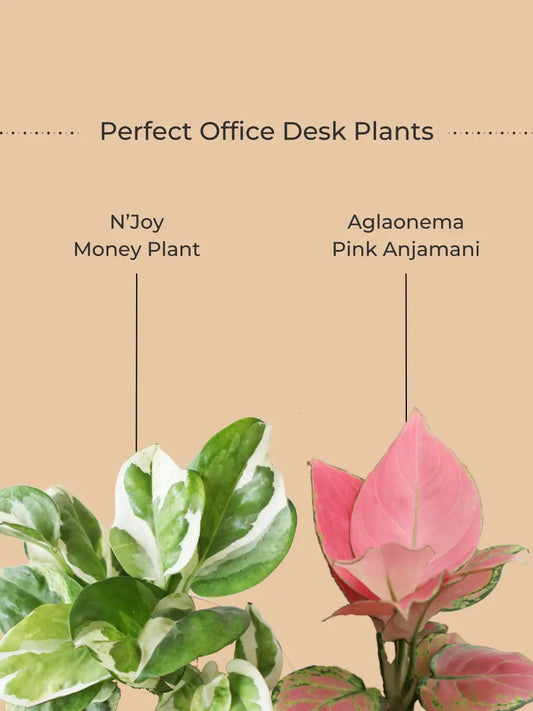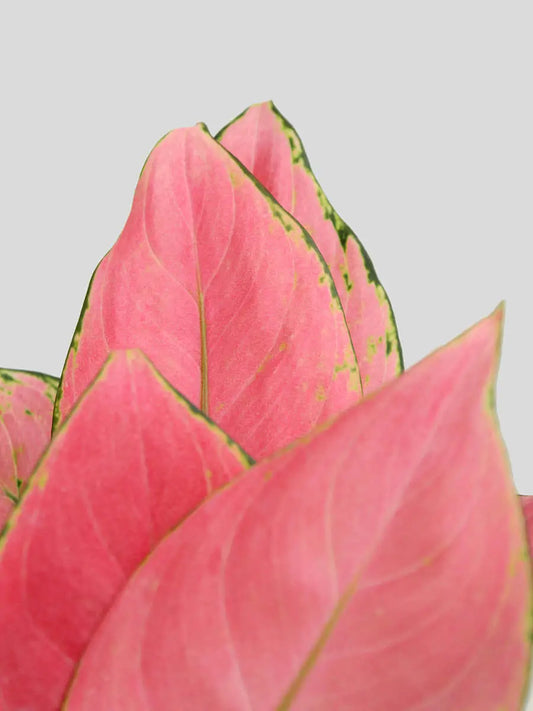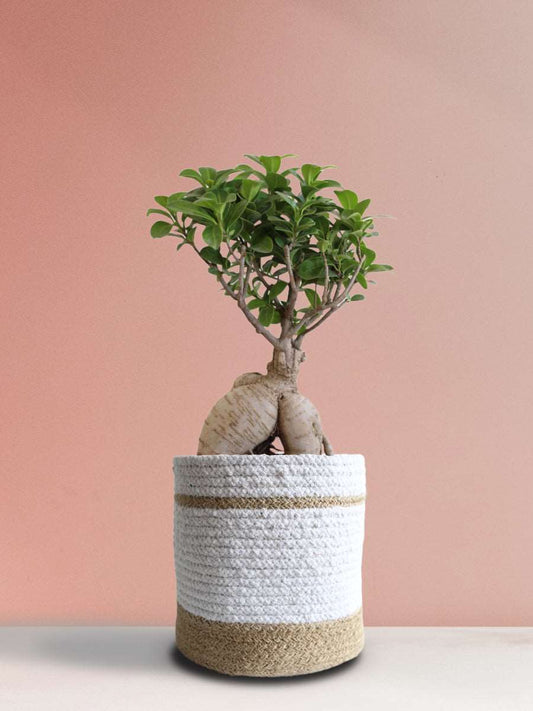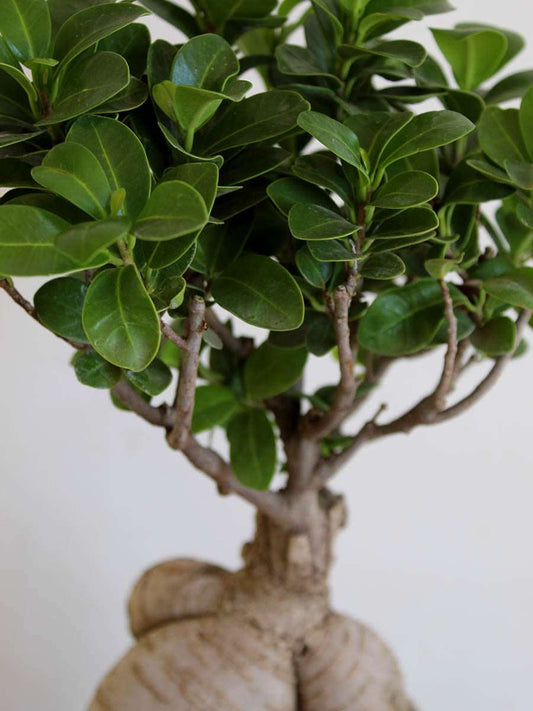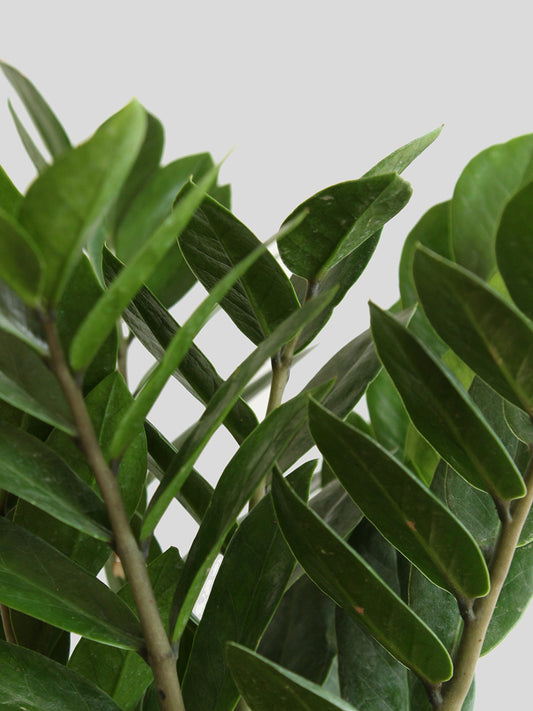Significance of Leaves on Dussehra
Dussehra, also called Vijayadashami, is a big festival in India that marks the win of good over evil & Lord Rama's success over Ravana. The Festival is often celebrated with great enthusiasm, but there is an interesting custom that is often overlooked - the role of leaves in the celebrations.
Since ancient times, leaves have been important to human culture & spirituality. During Dussehra, leaves, symbolizing wealth, victory, & health, are exchanged for good luck & used in family traditions.
Let's explore the significance of leaves on Dussehra in detail.
Which Tree Is Worshipped On Dussehra and Why?
During Dussehra, trees are revered for several reasons, some of which are as follows:
1. Apta Tree

The Apta tree (Bauhinia racemosa), with its rough-textured twin leaves, is considered sacred because of its medicinal properties & importance in Ayurveda. It is a hardy species that can survive harsh conditions, with its leaves shining like gold when submerged in water, due to certain pigments & the leaf's surface structure. This scientific Phenomenon strengthens the association between the Apta leaf & gold & prosperity.
Also, there is a ritual of exchanging Apta leaves during Dussehra, known as 'Sona' or 'gold' in Marathi. This involves people slapping each other lightly with Apta leaves while saying "Sona" or "Take Gold." The leaves are then kept with other valuables or in prayer rooms, symbolizing the retention of wealth throughout the year.
Also, the story narrates how the god of wealth, Kubera, turns millions of apta leaves into gold during Dussehra, to help the scholar Kautsya pay his guru-dakshina (fees).
Also Check This: Vastu Shastra: Best Indoor Plants As Per Vastu
2. Shami Tree

During Dussehra, the Shami tree (Prosopis Cineraria), also called the banni tree or jammi tree in different parts of the country, is the center of attention. The shami tree, originally from the Indian subcontinent, is revered in arid regions as the "tree of life" due to its curative properties. The shami tree has a significant place in Hindu mythology, as it is mentioned in the epic Ramayana. According to legend, Lord Rama went to the shami tree to worship it after his victory over Ravana.
The Shami tree (Banni mara), a tree in Karnataka, is believed to be where Pandavas hid their weapons during their exile. In the Mahabharata, the Pandavas were exiled for twelve years after losing a dice game to the Kaurav. After completing their final year of exile, they recovered their weapons & declared their true identities on Vijay-Dashami day.
The Shammi Vruksha, also known as the Banni mara (Shami tree), is worshipped on this day during the Mysore Dasara. On Vijay-Dashami, the tradition of gifting Shami patri or Banni ele leaves symbolizes a gift similar to wealth, but filled with love. "Banni Bangaaravaagona" means "Come, let us become Gold" & represents the Banni/Shami Gold relationship. The Festival also signifies the arrival of winter, & people prepare special dishes to boost immunity & provide warmth.
3. Mango Tree

During Dussehra, mango tree leaves are also used as torans for decoration & puja rituals. Also, homes, temples, & offices decorate their main entrances with mango-tree torans during Diwali.
4. Marigolds

Marigolds, also known as "zendu," are popular during Dussehra, a festival celebrated for their saffron-colored flowers. These saffron-colored flowers are used for prayer & decoration in garlands, & are considered lucky & auspicious for starting new & important life ventures.
5. Neem Leaf

Neem leaf, also known as Azadirachta indica, is a symbol of healing & purification during Dussehra. In South India, especially in Tamil Nadu & Karnataka, the 'Vijayapathra' or the 'leaf of victory' is an integral part of the celebrations. The Neem leaves are rich in compounds that exhibit antibacterial, antiviral, & antifungal properties, purifying the air & promoting health & well-being.
6. Ashoka Tree

Ashoka tree, also known as the “grief-less tree”, is used during Dussehra for decorations & rituals. The Ashoka tree is also considered a very sacred tree in Hinduism, with a mention in the Ramayana & associated with Kamadeva (the Hindu god of love) who placed an Ashoka bloom in his quiver of five flowers to represent alluring hypnosis.
Also Check This: Indoor Plant Buying Guide: How To Choose The Best Indoor Plant
Conclusion
The role of leaves in Dussehra celebrations is a beautiful blend of mythology, tradition, & decor. Let's admire these green miracles, that offer a unique appeal & meaning to Dussehra. They symbolize wealth, triumph, & health & cleanse the air & decorate the celebrations.
This Dussehra 2023, let's celebrate trees' beauty & happiness. And if you're looking to add some greenery to your interior, check out Greenkin's variety of houseplants.





